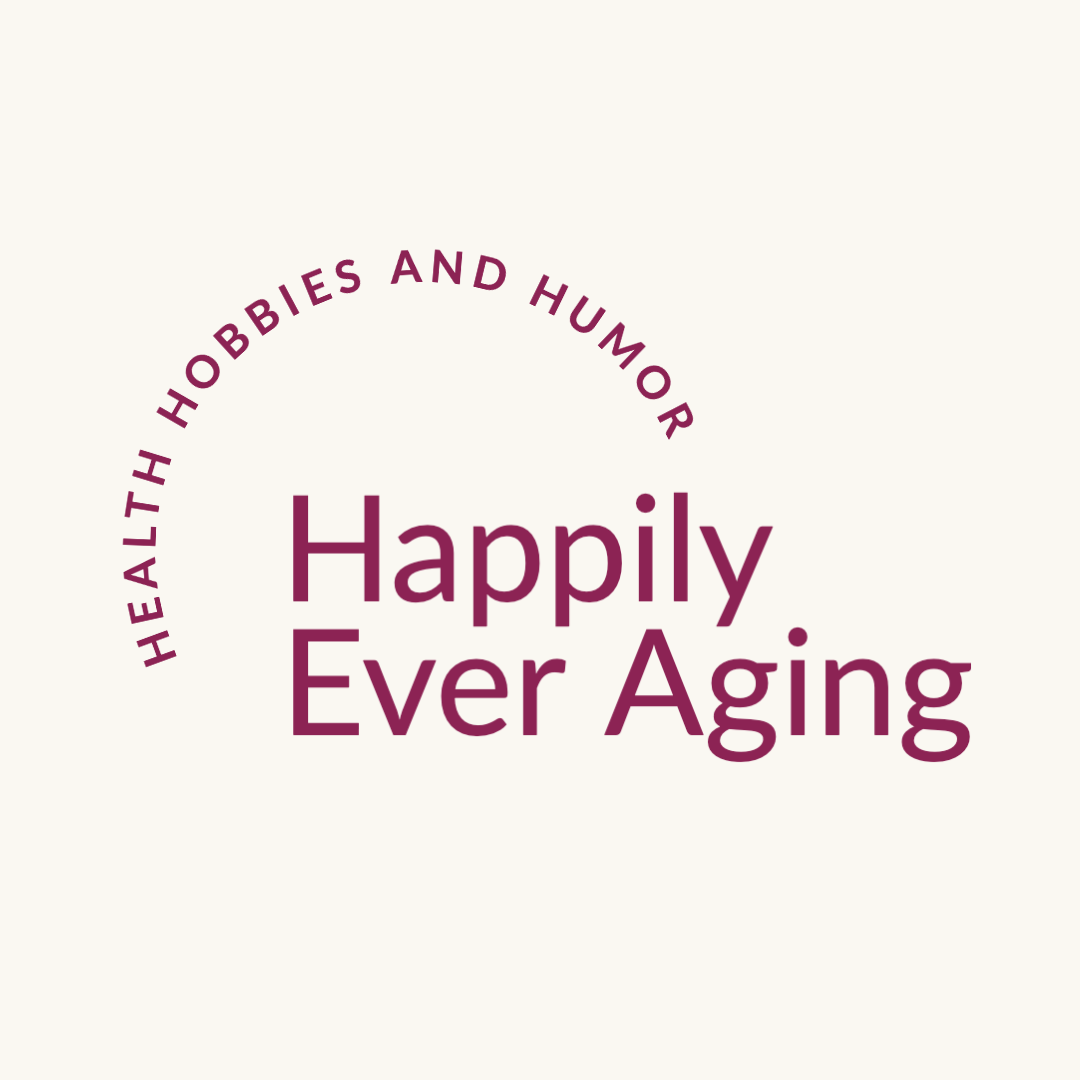No News is Good News?
It started in 2016, and I’d begun to tire of it. It was all so negative, divisive. I was beginning to feel a certain level of anxiety. I was stressed out, and I found that I was preoccupied with things that were “wrong in this world.” My demeanor was starting to change. I laughed less. I realized it had to stop.
The News.
That was when I decided that I no longer needed to tune in at 6:30 p.m. to hear David Muir recount the horrors of the day. Sure, he always ended with a 30-second, feel-good human interest story, but that didn’t take away the anxiety of the previous 29 minutes.
And the local news wasn’t really news at all. It was a crime report.
“But you won’t know what’s happening in the world," they said. “In social situations, you won’t have anything to add to the conversation if you aren’t keeping up with what’s going on,” they said.
Here’s what actually happened.
My mood improved. I was beginning to think the world would survive another day. I felt less anxious, less cynical, less afraid of the future. The thirty to sixty minutes previously spent watching the news was redirected to more pleasurable activities.
The funny thing is I still knew what was going on.
I knew about the Hamas/Israel crisis. I just didn’t hear about it on the local or national news channels in soundbites with extra drama and sensationalism. I didn’t watch the horror unfold before my eyes over and over again.
In an article in Psychology Today, the author explains “a concept called vicarious traumatization that involves the vulnerability of the human brain to be negatively impacted by traumatic events even if we haven't personally experienced them. Vicarious traumatization has been well recognized as a struggle that mental health providers, first responders, medical professionals, and other professionals who are routinely exposed to trauma may experience. Yet, research is now discovering that there may be a link to traumatic stress, distress, and the witnessing of traumatic events in the news. More specifically, research is finding that the bombardment of traumatic materials in the media can lead observers to experience anxiety, difficulties in coping, immense fear and feelings of helplessness, and in some cases even PTSD.”
“Where Attention goes Energy flows; Where Intention goes Energy flows!”
Where attention goes, energy flows. Said another way by Tony Robbins, your life is controlled by what you focus on. That’s why you need to focus on where you want to go, not on what you fear.
I chose to turn away from the fear I felt in watching the traditional news stations and turn my attention to more positive outlets instead. Not only did I choose to turn off the television news, I deleted all news apps from my phone. I confess that it isn’t total abstinence. On occasion, I still read articles on my phone or watch the NewsHour on PBS. For in-depth information, npr.org is also a site I visit.
So even though I haven’t cut the news out of my life entirely, finding a balance has restored a sense of equilibrium. I’m less anxious, but still informed.
Are you interested in reading about or listening to more positive, good news stories? I’ve found the following to be good sources.
This is where you’ll learn about a school teacher in Italy who teaches students on opposite ends of violent conflicts the value of reconciliation over revenge. Or how a painting stolen thirty years ago returned to its native Scotland home. A place where you learn about a migrant welcome program in St. Louis that helps to ease the population decline problem there and boosts the workforce.
Some Good News with John Krasinski
If you’re interested in watching the news rather than reading about it, the Some Good News YouTube channel hosted by John Krasinski might be appealing. He started it during the pandemic as a way to bring about positive news stories. Apparently, he had enough of the negativity too. Add Some Good News to your Instagram feed or your twitter account to change the algorithm toward more positivity there.
The popular Today Show is where many folks get their news. This site offers “inspirational, uplifting, funny and happy news.” It includes clips from the show - only focused on the positive.
With topics such as Science, Business, Politics, Education, Health, and Lifestyle, you’ll read in-depth articles centered on solutions rather than problems.
For folks who get their news through social media, like many twenty-somethings who do so through their X feeds (formerly Twitter), the following lean toward positivity.
Massachusetts residents may already know about Erin O’Malley. This cancer survivor and Boston Marathon runner is a regular on the radio station, Mix1041. She is a believer in spreading positive news. Facebook | Twitter
It was started by a man whose mother had died from ovarian cancer, and as described on their site, he wanted to spread real stories by real people just like you far and wide that celebrate love, compassion, kindness, and overcoming. Website | Instagram | Facebook | Twitter | YouTube
Some Good News As mentioned previously, John Krasinski is on social media as well and his content is kept more up to date on social media than through the website. Instagram | Facebook | Twitter
Stated on their website is their philosophy - Negative emotions have served us well during an age of flight or fight. But it’s the positive emotions that drive society forward – and that is the era we are currently stepping into. Media has the power to move society and send a positive ripple into the world. Instagram | Facebook | Twitter
Reducing the time I spend watching the news on TV and incorporating more positive stories into my day has improved my outlook and has brought about more peace and positivity.

